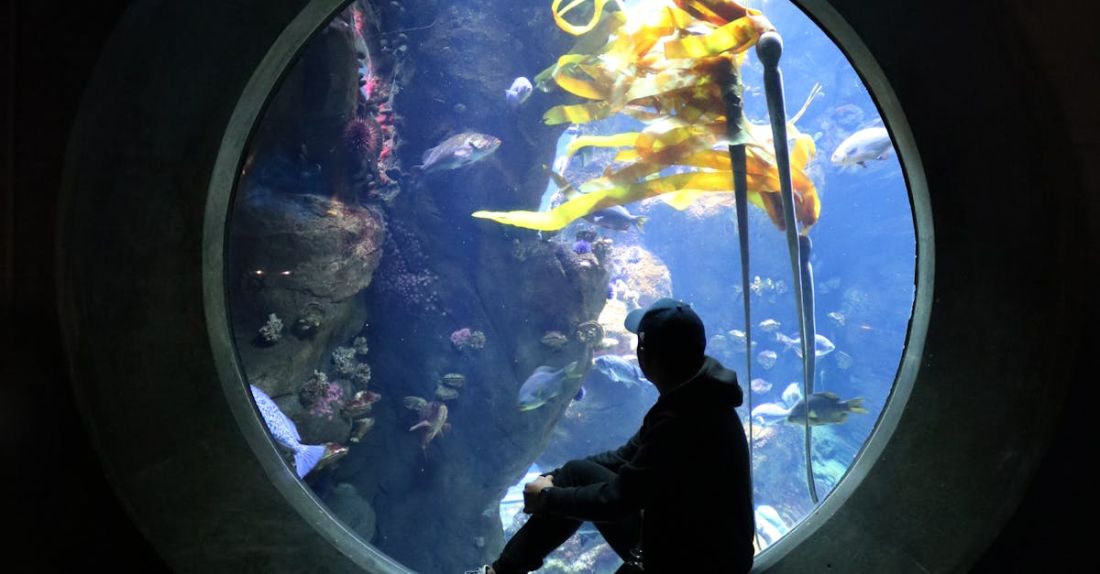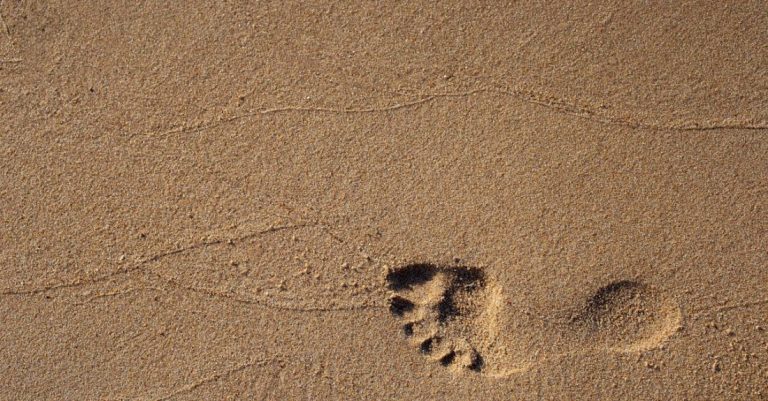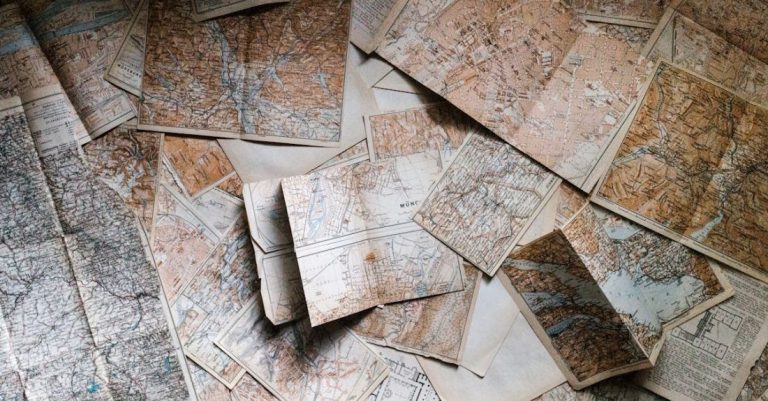
Responsible Wildlife Viewing: Ethical Practices for Nature Enthusiasts
As the allure of wildlife watching continues to grow, it is essential for nature enthusiasts to prioritize responsible and ethical practices when observing animals in their natural habitats. Responsible wildlife viewing not only ensures the safety and well-being of the animals but also helps to preserve the delicate balance of ecosystems. By following a few simple guidelines, enthusiasts can enjoy the beauty of wildlife while minimizing their impact on the environment.
Respect Wildlife Distances
One of the fundamental principles of responsible wildlife viewing is to respect the natural boundaries of animals. Approaching wildlife too closely can cause stress and disrupt their natural behaviors. It is crucial to maintain a safe distance to avoid causing harm or distress to the animals. Using binoculars or a telephoto lens can help enthusiasts observe wildlife from a distance without intruding on their space.
Stay on Designated Trails
When venturing into natural habitats to observe wildlife, it is important to stay on designated trails to minimize environmental impact. Straying off the designated paths can trample vegetation, disturb nesting sites, and disrupt the natural habitats of animals. By sticking to established trails, nature enthusiasts can enjoy wildlife viewing while preserving the integrity of the ecosystem.
Avoid Feeding Wildlife
Feeding wildlife, intentionally or unintentionally, can have detrimental effects on both the animals and their habitats. Human food can be harmful to wildlife and disrupt their natural diets, leading to health issues and dependency on handouts. Additionally, feeding wildlife can alter their behaviors and create safety risks for both animals and humans. It is crucial to refrain from feeding wildlife and allow them to forage for food in their natural environment.
Limit Noise and Disturbances
Excessive noise and disturbances can disrupt the peace and tranquility of natural habitats, causing stress to wildlife. When observing animals, it is important to maintain a quiet demeanor and avoid sudden movements that could startle them. Keeping noise levels to a minimum allows wildlife to carry on with their natural behaviors undisturbed, providing enthusiasts with the opportunity to observe their activities in a non-intrusive manner.
Observe Ethical Photography Practices
Photography is a popular way to capture the beauty of wildlife, but it is essential to do so ethically and responsibly. When taking photos of animals, it is important to minimize the use of flash, which can startle or disorient them. Additionally, enthusiasts should avoid chasing or cornering animals to get the perfect shot. By practicing ethical photography, nature enthusiasts can capture stunning images while respecting the well-being of the animals.
Leave No Trace
A key principle of responsible wildlife viewing is to leave no trace of your presence in natural habitats. This means packing out all trash and litter, including food wrappers, bottles, and other waste. It is important to leave the environment as you found it, ensuring that wildlife habitats remain clean and free of human debris. By practicing Leave No Trace principles, nature enthusiasts can help preserve the beauty of natural landscapes for future generations to enjoy.
Responsible Wildlife Viewing: Promoting Conservation and Appreciation
In conclusion, responsible wildlife viewing is not only about observing animals in their natural habitats but also about promoting conservation and appreciation for the natural world. By following ethical practices such as respecting wildlife distances, staying on designated trails, avoiding feeding wildlife, limiting noise and disturbances, observing ethical photography practices, and leaving no trace, nature enthusiasts can enjoy wildlife viewing experiences that are both enriching and sustainable. By prioritizing the well-being of animals and their habitats, individuals can contribute to the preservation of biodiversity and foster a deeper connection with the natural world.





